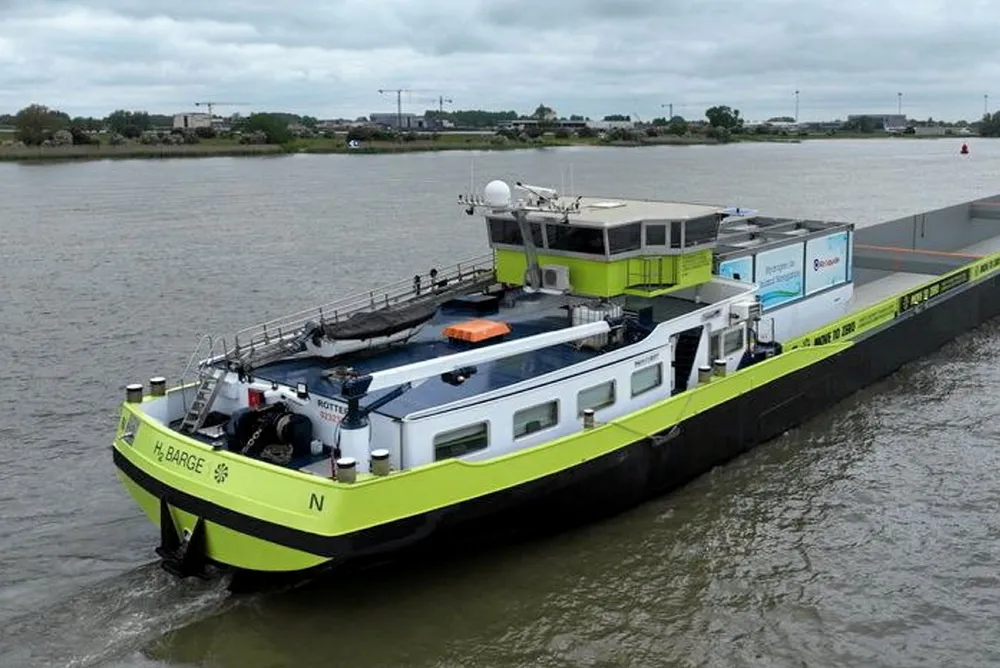Is it safe to use pure hydrogen to fuel ships? EU seeks contractor to figure out the answers
A contract worth nearly half a million euros is on the table to evaluate potential hazards for crews onboard H2-powered vessels

A contract worth nearly half a million euros is on the table to evaluate potential hazards for crews onboard H2-powered vessels
